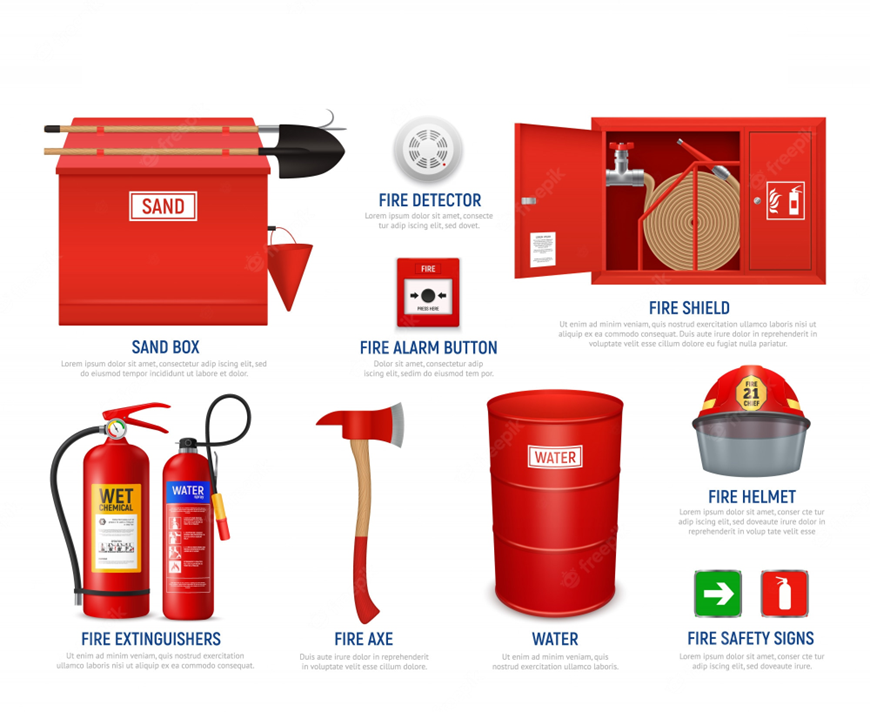An In-depth Guide to Explosion Proof Junction Boxes and When to Use Them
- shreeelectric
Explosion proof junction boxes are electrical enclosures designed to protect users from hazardous areas and prevent the propagation of flames or sparks in explosive environments. They do this by isolating specific circuits and preventing wires from coming into contact with combustible elements. End Users must select explosion proof junction boxes based on the environment, location, type of gases, Class IDs, and ignition source.
Explosion proof junction boxes serve as a failsafe for any electrical system that might be exposed to explosive gases, vapors, dusts or other particulate matter. These different types of enclosures feature special designs that keep sparks and flame away from sources of ignition in unsafe locations. If you work with industrial equipment or hazardous materials at your job site, then you know how important it is to stay up-to-date on OSHA standards. In this blog post, we’ll go over everything you need to know about explosion proof junction boxes and when they should be used in your company’s operation — so read on!
What is an Explosion Proof Junction Box?
Explosion proof junction boxes are electrical enclosures designed to protect users from hazardous areas and prevent the propagation of flames or sparks in explosive environments. They do this by isolating specific circuits and preventing wires from coming into contact with combustible elements. The explosion proof junction box is designed for use in areas where there is a potential for explosive gas, dusts, vapors, or other sources of ignition. While a standard junction box will not protect against this type of hazard; an explosion proof junction box will. End Users must select explosion proof junction boxes based on the environment, location, type of gases, Class IDs, and ignition source.
Selecting the Right Explosion Proof Junction Box
When choosing an explosion proof junction box; it’s important to first know the Class ID. This is an indication of what level of protection the junction box will offer in your specific environment. Explosion proof junction boxes serve as a failsafe for any electrical system that might be exposed to explosive gases, vapors, dusts or other particulate matter.
These different types of enclosures feature special designs that keep sparks and flame away from sources of ignition in unsafe locations. Explosion proof junction boxes can either be totally enclosed or semi-enclosed. Totally enclosed junction boxes are suitable for environments with high concentrations of gas and dust. Semi-enclosed boxes, on the other hand, are designed for normal environments. When choosing an explosion proof junction box; there are a few factors to keep in mind: Environment, location, Type of gases, Class IDs, and ignition source.
Types of Explosion Proof Junctions
There are several types of explosion proof junctions available. Each one is rated to withstand different types of gases and has different Class IDs. They include: – Non-ventilated – This type of explosion proof junction box is totally enclosed and sealed. It is rated for normal environments with no potential for explosions. – Ventilated – This is a partially enclosed junction box that’s rated for normal environments with potential for sparks.
Totally enclosed (TE) –
These types of junction boxes are designed for normal environments where there is potential for sparks. .
Totally enclosed (TE) gas-tight –
This is a junction box that’s designed for environments with high concentrations of gas. It is rated for normal environments with no potential for sparks.
Totally enclosed explosion proof (TE explosion proof) –
These junctions boxes are rated for normal environments with a potential for explosions.
Gas-tight explosion proof (GE explosion proof) –
These junction boxes are designed for normal environments with a potential for explosions. They are rated for high concentrations of gas.
Severe-service explosion proof (SS explosion proof) –
Suitable for the toughest industrial environments where resistance to the elements and moisture is required. These junctions boxes are designed for abnormal environments with high concentrations of gas.
Totally enclosed ventilated (TEV) –
This junction box is designed for abnormal environments with a potential for sparks. It is rated for high concentrations of gas.
Totally enclosed gas-tight (TEG) –
Sandstones that contain tight gas are a significant untapped resource. This chapter evaluates and models various kinds of reservoirs for the first time. For unusual settings with high gas concentrations, this junction box was created. It is rated for typical settings with no risk of sparking.
When Should You Use an Explosion Proof Junction Box?
Explosion proof junction boxes are necessary for anyone working in an environment with explosive fumes or dust. If you’re in charge of electrical work, it’s your responsibility to make sure you’re using the appropriate junction box for the environment that you’re working in. Failure to do so could result in serious injury or even death. You should use an explosion proof junction box when installing electrical equipment in areas that are prone to ignition hazards. If you’re installing electrical systems in areas such as chemical plants; petrochemical refineries; grain dust and coal dust areas, grain elevators, and gas production sites, you’ll need to use an explosion proof junction box.
Conclusion
Explosion proof junction boxes are electrical enclosures designed to protect users from hazardous areas and prevent the propagation of flames or sparks in explosive environments. They do this by isolating specific circuits and preventing wires from coming into contact with combustible elements. When choosing an explosion proof junction box, it’s important to first know the Class ID. This is an indication of what level of protection the junction box will offer in your specific environment. Explosion proof junction boxes are necessary for anyone working in an environment with explosive fumes or dust. If you’re in charge of electrical work, it’s your responsibility to make sure you’re using the appropriate junction box for the environment that you’re working in.


